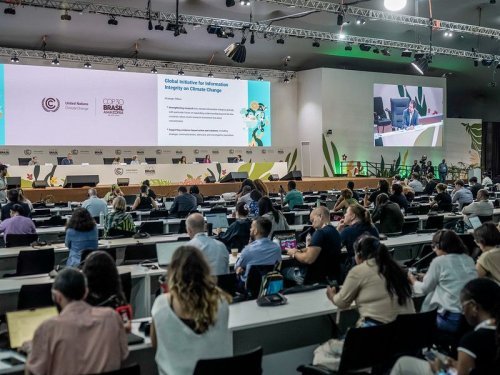German researchers from the Max Planck Institute for Physics have developed a digital model of the Earth with an accuracy of 1.25 km. This will allow them to simultaneously predict rapid processes, such as weather, and slow processes, such as climate change.
This was reported by ScienceAlert, citing an article by a research team led by Daniel Klock.
The model contains 672 million digital "cells" of the Earth — for the planet's surface and its atmosphere. These virtual cells are "connected" to interconnected algorithms that reflect the planet's dynamic indicators. These include "fast" cycles – water and energy – as well as "slow" cycles – the carbon cycle, changes in the biosphere, and ocean geochemistry.
Only supercomputers can handle the model
The calculations were performed using the powerful JUPITER and Alps supercomputers, which are based on the latest GH200 chips. The use of 20,500 such superchips simultaneously allows for the processing of huge amounts of data and the simulation of more than 145 days of climate processes in a single day of real time.
According to scientists, this is an important step towards creating a complete digital twin of Earth. This virtual copy of the planet will be able to predict climate change and extreme weather events with unprecedented accuracy. The model still requires significant computing resources and is only available to a small number of research centers. However, it already opens up new opportunities for research and forecasting.
Earlier, EcoPolitic reported that China had created its first underwater data center. This powerful IT infrastructure will run on renewable energy and be cooled naturally by seawater.





